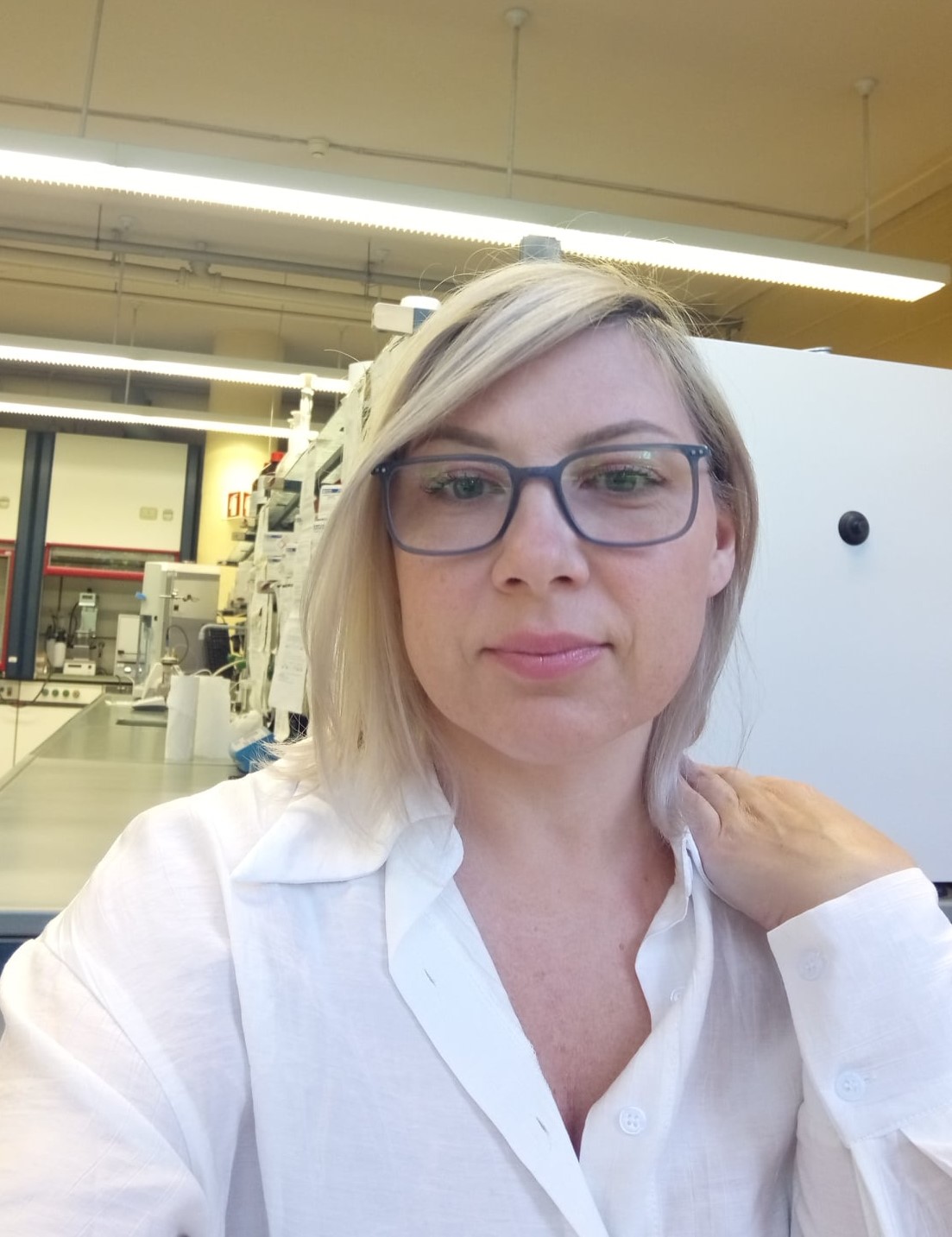Degree: Master
Bio
Yuliya Logvina. Concluiu o(a) Mestrado em Master's degree in Advanced Methods and Accreditation in Chemical Analysis em 2021/12 pelo(a) Universidade do Porto Faculdade de Ciências, Licenciatura em Environmental Sciences and Technology em 2019/06 pelo(a) Universidade do Porto Faculdade de Ciências e Bachelor em Economy em 2006/06 pelo(a) International Institute of Management, Business and Low. É Investigador no(a) Strong Export, Lda. Publicou 1 artigos em revistas especializadas. Coorientou 1 trabalho(s) de conclusão de curso de licenciatura/bacharelato. Recebeu 1 prémio(s) e/ou homenagens. Participa e/ou participou como Investigador em 1 projeto(s). No seu currículo Ciência Vitae os termos mais frequentes na contextualização da produção científica, tecnológica e artístico-cultural são: Ciências exactas e naturais; Natural sciences.
Projects
This CIQUP member does not yet have any projects linked with him.Publications
Total 4 publications.
Review, Indexed in: crossref, scopus, wos DOI: 10.3390/microplastics3010006
 P-010-A4H
P-010-A4H
Unpublished, Indexed in: crossref DOI: 10.20944/preprints202304.1199.v1
 P-00Y-BA1
P-00Y-BA1
Article, Indexed in: crossref, scopus, unpaywall, wos DOI: 10.3390/suschem4030018
 P-00Y-BA2
P-00Y-BA2
Article, Indexed in: crossref, scopus, wos DOI: 10.3390/ma12233874
 P-00R-PC1
P-00R-PC1

